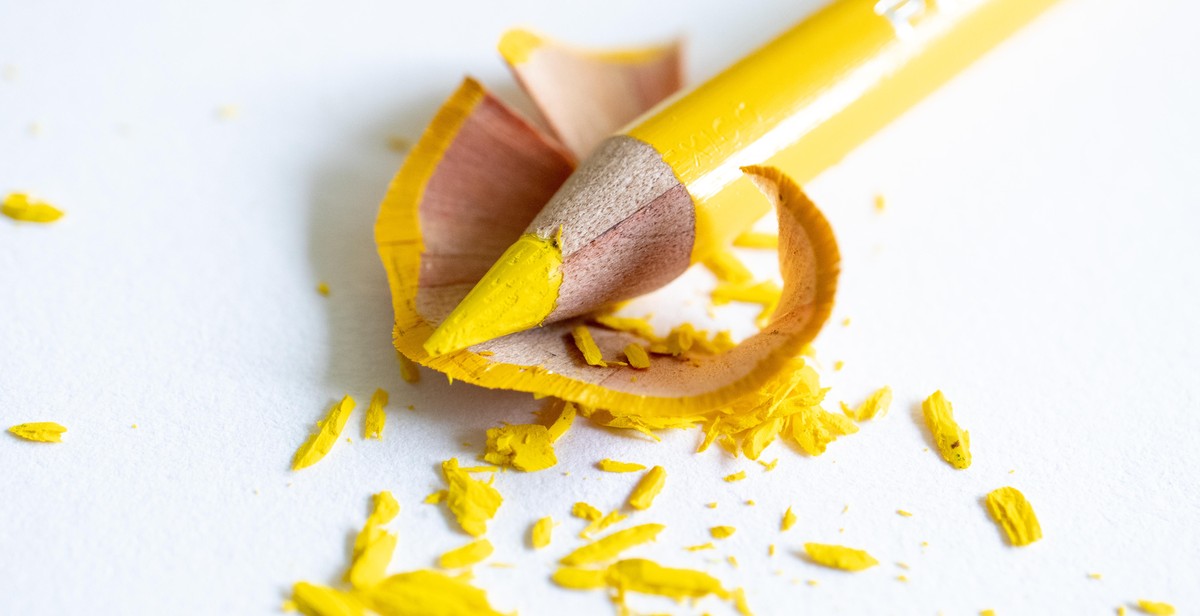Introduction: How to Prevent and Treat Razor Burn for a Smooth Shave
Shaving is an important part of grooming for many people, but it can sometimes lead to uncomfortable and unsightly razor burn. Razor burn is a common skin irritation that can occur after shaving, leaving the skin red, itchy, and sometimes even painful. It is caused by a variety of factors, including using a dull razor, shaving too quickly or roughly, and not properly preparing the skin before shaving.
What is Razor Burn?
Razor burn is a type of skin irritation that occurs after shaving. It is characterized by red, inflamed skin that can be itchy and uncomfortable. Razor burn can happen anywhere on the body where hair is shaved, but it is most common on the face, legs, and underarms.
There are several factors that contribute to razor burn, including:
- Using a dull razor
- Shaving too quickly or roughly
- Not properly preparing the skin before shaving
- Using harsh soaps or shaving creams
- Having sensitive skin
In this article, we will explore the best ways to prevent and treat razor burn for a smooth and comfortable shave every time.

Causes of Razor Burn
Razor burn is a common problem that occurs after shaving, leaving the skin red, irritated, and itchy. Understanding the causes of razor burn is essential to prevent and treat it effectively.
Using Dull Razors
Using a dull razor is one of the primary causes of razor burn. A dull razor can tug at the hair instead of cutting it, causing irritation and inflammation. Always use a sharp razor blade when shaving to avoid razor burn. It is recommended to change the blade after five to ten shaves, depending on the thickness of your hair.
Shaving Against the Grain
Shaving against the grain is another common cause of razor burn. Shaving against the direction of hair growth can cause the razor to pull at the hair, leading to irritation and razor burn. Always shave in the direction of hair growth to prevent razor burn.
Dry Shaving
Dry shaving is when you shave without using any shaving cream or gel. This can cause razor burn as the razor blade can pull at the skin, causing irritation and inflammation. Always use a shaving cream or gel to lubricate the skin and allow the razor blade to glide smoothly over the skin.
Using Harsh Chemicals
Using harsh chemicals on the skin can also cause razor burn. Chemicals such as alcohol-based aftershaves, perfumes, and colognes can irritate the skin and cause razor burn. Always use mild and soothing products on the skin after shaving to prevent razor burn.
| Causes of Razor Burn | Prevention Tips |
|---|---|
| Using dull razors | Use a sharp razor blade and change it after five to ten shaves. |
| Shaving against the grain | Always shave in the direction of hair growth. |
| Dry shaving | Use a shaving cream or gel to lubricate the skin. |
| Using harsh chemicals | Use mild and soothing products on the skin after shaving. |
By understanding the causes of razor burn, you can take the necessary steps to prevent it from occurring. Follow the prevention tips mentioned above to achieve a smooth and comfortable shave without any irritation or razor burn.

Preventing Razor Burn
Razor burn can be a frustrating and painful side effect of shaving, but there are several steps you can take to prevent it. By following these tips, you can enjoy a smooth, irritation-free shave every time.
Exfoliate Before Shaving
One of the most important steps you can take to prevent razor burn is to exfoliate your skin before you shave. This helps to remove dead skin cells and other debris that can clog your razor and lead to irritation. You can use a gentle scrub or a loofah to exfoliate your skin, but be sure to avoid using anything too abrasive.
Use a Sharp Razor
Using a dull razor is a surefire way to irritate your skin and cause razor burn. Make sure your razor is sharp and in good condition before you start shaving. If your razor is old or dull, replace it with a new one to ensure a smooth and comfortable shave.
Shave in the Shower or Bath
Shaving in the shower or bath can help to soften your skin and hair, making it easier to get a close shave without irritating your skin. The warm water also helps to open up your pores, which can reduce the risk of ingrown hairs and razor burn.
Use a Shaving Cream or Gel
Applying a shaving cream or gel can help to lubricate your skin and reduce friction, which can prevent razor burn. Look for a product that is designed for your skin type and be sure to apply it generously before you start shaving.
Shave in the Direction of Hair Growth
Shaving against the direction of hair growth can increase the risk of razor burn and ingrown hairs. To prevent this, always shave in the direction of hair growth. This may take a little longer, but it will help to ensure a smooth and comfortable shave.
Rinse with Cold Water
After you have finished shaving, rinse your skin with cold water to help close up your pores and reduce inflammation. This can help to prevent razor burn and other irritation.
By following these tips, you can prevent razor burn and enjoy a smooth, comfortable shave every time.

Treating Razor Burn
Razor burn is a common skin problem that occurs after shaving. It can cause irritation, itching, and redness in the affected area. Fortunately, there are several ways to treat razor burn and reduce its symptoms. Here are some effective remedies:
Cleanse the Affected Area
The first step in treating razor burn is to cleanse the affected area with a mild soap or cleanser. This will help to remove any bacteria or dirt that may be causing the irritation. Be gentle while cleansing and avoid rubbing the area too hard as it may further aggravate the skin.
Apply a Cold Compress
Applying a cold compress to the affected area can help to reduce inflammation and soothe the skin. You can use a clean cloth dipped in cold water or wrap some ice cubes in a towel and apply it gently on the affected area for a few minutes.
Apply an Aloe Vera Gel or Lotion
Aloe vera has natural anti-inflammatory and soothing properties that can help to reduce the symptoms of razor burn. Apply aloe vera gel or lotion on the affected area to soothe and moisturize the skin.
Use Over-the-Counter Creams or Lotions
Over-the-counter creams or lotions that contain hydrocortisone or other anti-inflammatory ingredients can also be used to treat razor burn. Apply a thin layer of the cream or lotion on the affected area and follow the instructions on the label.
Avoid Shaving for a Few Days
If you have razor burn, it is best to avoid shaving for a few days until the skin heals. Shaving over the affected area can further irritate the skin and cause more redness and itching.
By following these remedies, you can effectively treat razor burn and prevent it from recurring. However, if the symptoms persist or worsen, it is recommended to consult a dermatologist for further evaluation and treatment.

When to See a Doctor
While razor burn is a common and treatable condition, there are some cases where medical attention is necessary. If you experience any of the following symptoms, it is important to see a doctor:
- Severe razor burn that does not improve with home remedies
- Pus or drainage from the affected area
- Fever or chills
These symptoms could indicate an infection or a more serious condition, such as cellulitis. It is important to seek medical attention promptly to prevent further complications.
Additionally, if you have a history of skin conditions or allergies, it is important to consult with a healthcare professional before trying any new products or treatments for razor burn.
| When to See a Doctor | Symptoms |
|---|---|
| Severe razor burn | Redness, swelling, and pain that does not improve with home remedies |
| Pus or drainage from the affected area | Yellow or green discharge from the affected area |
| Fever or chills | Body temperature above 100.4°F and/or shivering or sweating |
